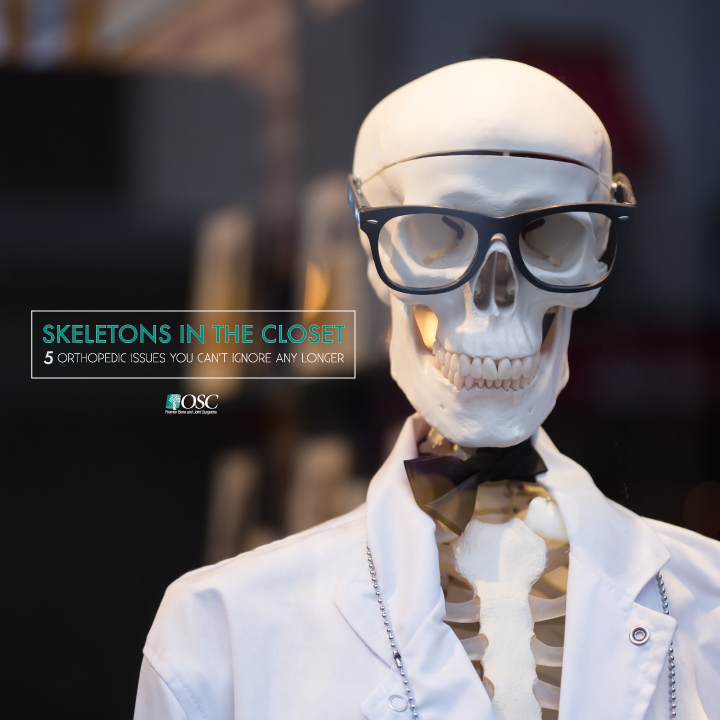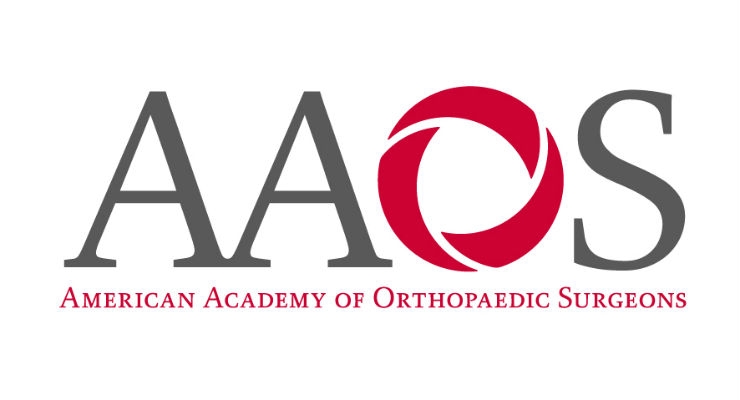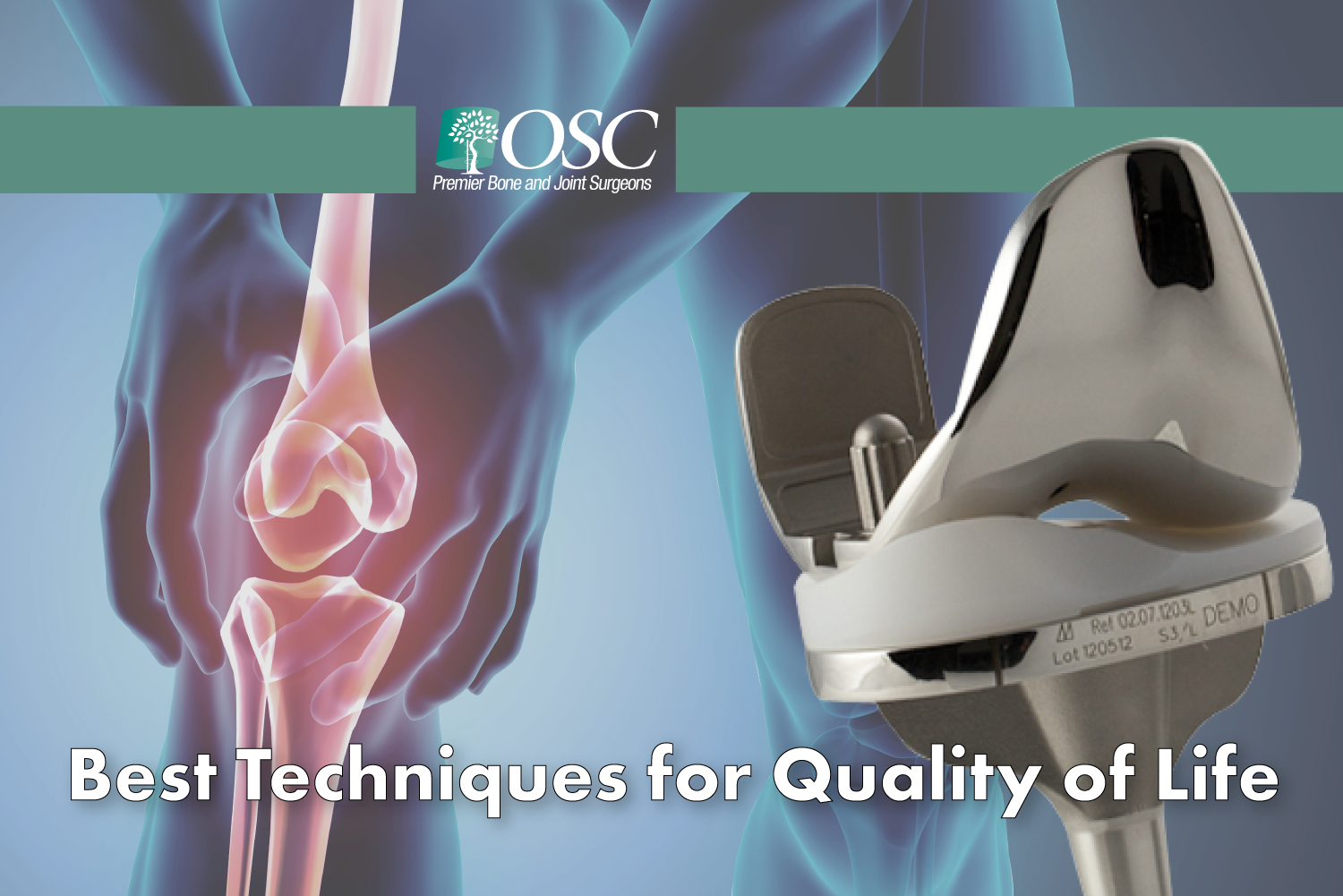 It goes ‘crack’ and ‘pop’ in the night. Spooky noises that sound like bone-on-bone as you walk. These are the most frightening sounds of the season: not ghosts or ghouls, but those orthopedic injuries you haven’t dealt with yet. Here are some bone-chilling facts about some of the most common orthopedic injuries and how they can come back to haunt you if you don’t finally put them to rest. Quit hiding that skeleton in the closet and get a proper diagnosis!
It goes ‘crack’ and ‘pop’ in the night. Spooky noises that sound like bone-on-bone as you walk. These are the most frightening sounds of the season: not ghosts or ghouls, but those orthopedic injuries you haven’t dealt with yet. Here are some bone-chilling facts about some of the most common orthopedic injuries and how they can come back to haunt you if you don’t finally put them to rest. Quit hiding that skeleton in the closet and get a proper diagnosis!
Here are 5 common orthopedic injuries that you need to deal with today:
1. Arthritis
Arthritis may be easy to ignore at first. After all, as much as we hate to admit it, it happens as we age. But not all arthritis has to do with aging. When talking about arthritis, it’s important to note that there are two general types.
Osteoarthritis is the most common and is all about wear and tear over time. It’s the breakdown of joint cartilage and underlying bone.
Rheumatoid arthritis, however, has nothing to do with wear and tear. Unlike osteoarthritis, rheumatoid arthritis is an autoimmune disorder that affects the lining of your joints, causing a painful swelling that can eventually result in bone erosion and joint deformity.
There is no cure for arthritis, but in the world of modern orthopedics, much can be done to alleviate the symptoms and protect against further damage. One thing is for sure: simply not dealing with it won’t make it go away, but will create complications that may drastically decrease your quality of life. ‘Toughing it out’ will not only prolong the pain, but may cause more physical damage in your body. Here are a few things that can happen when you prolong arthritis treatment.
Bone Spurs
More common in osteoarthritis, the inflammation can destroy the cartilage that cushions the ends of bones. As this happens, your body begins to produce extra bone around the affected joints. These new growths are called bone spurs.
Free Bodies
When a bone spur breaks off, it may float into your joints, increasing pain and making movements more difficult.
Damage to tendons and ligaments
As the cartilage wears away and a joint can no longer function as smoothly as it’s designed to do, the tendons and ligaments around the joint may be called upon to help stabilize the joint during movement. This will cause the tendons and ligaments to be pulled and stretched more than they would naturally, which can increase pain and swelling in the joint. Over time, this makes bones more susceptible to injury.
Septic Arthritis
Septic arthritis is an infection in a joint. Septic arthritis can cause joint deformity, and if the damage to the joint is too severe, you may also need joint reconstruction surgery. Chronic diseases, like osteoarthritis, can also increase your chances of developing septic arthritis.
Osteonecrosis
Osteonecrosis is a disease caused when blood is not able to adequately flow to the bones in joints. Without a supply of blood, the body is unable to nourish bone. Without adequate blood flow, bones will begin to weaken, break down, and degenerate. Osteonecrosis is most common in large, weight-bearing joints, such as the hips, knees, shoulders, and ankles.
2. Carpal Tunnel Syndrome and Repetitive Stress Injuries (RSI).
Carpal tunnel syndrome is where the median nerve ( which controls finger movement and feeling on the palm of the hand) is pinched or pressed inside of the carpal tunnel, a small opening inside the wrist that serves as a conduit from the arm to the hand. This causes pain, tingling sensations and numbness, and can even limit the range of motion in your hand.
Carpal tunnel can be developed or agitated through repetitive motions involving the wrist like typing or tedious work with the hands, also know as an RSI, a Repetitive Strain Injury. These two orthopedic injuries are often mistaken for being the same, but they’re not.
Repetitive Stress Injuries are complications that occur when a large amount of strain is experienced in a certain area of the body through repetition. Left ignored, these injuries can become worse and cause further complications, such as weakness and lack of coordination, and damage to tendons and nerves. RSI left untreated can lead to tendonitis, bursitis and a host of other inflammation-based injuries. For more information on RSI’s read (RSI: An Overlooked Type of Injury.)
3. Knee Problems
There is nothing like a knee problem to literally stop you in your tracks, so often, the more severe the knee problem, the sooner it’s dealt with. But there are several problems that can begin small and escalate if not treated quickly. Here are the 4 most common knee problems.
Knee Ligament Injuries
Have you ever known anyone who’s torn their ACL playing basketball? It’s a common sports injury where the anterior (front) cruciate ligament (ACL) is sprained or torn. The ACL is responsible for keeping the femur from moving too far back from the tibia (lower leg bone). Depending on the severity of the tear or sprain, surgery may or may not be needed. Either way, the tendon needs rest to recover. By continuing with a torn or strained ACL, you are at risk for making the injury worse and extending recovery time. Other common ligament injuries include posterior (back) cruciate ligament (PCL) and medial collateral ligament (MCL) tears and sprains.
A great guideline to remember for almost all orthopedic injuries: if there is pain, there is inflammation. If the pain persists for a long period of time or is severe, schedule an appointment right way to have it diagnosed before further complications set in.
Knee Cartilage Tears
As you probably know, cartilage is the tough and flexible tissue that covers the ends of your bones. The meniscus is the cartridge in your knee joint that protects and stabilizes your knee. When torn, cartilage can break off and get caught in your knee joint, causing the knee to lock up.
The meniscus is resilient due to a steady blood supply, so often it will heal on its own if given the rest and recovery it needs. Left untreated, though, more cartilage can tear, causing pain and swelling and lack of mobility, possibly resulting in the need for surgery.
Arthritis of the Knee
Any type of arthritis should be diagnosed and dealt with right away. Although osteoarthritis is the most common type of arthritis in the knee, rheumatoid arthritis and post-traumatic arthritis are also prevalent.
4. Rotator Cuff Tear
Your arm is kept in your shoulder socket by your rotator cuff. The rotator cuff attaches the humerus to the shoulder blade and helps to lift and rotate your arm. A rotator cuff can tear by lifting something heavy or by degenerating slowly over time, which begins by fraying and leads to a complete tear eventually. If you have a rotator cuff tear and you keep using it despite the pain, you may cause further damage. A rotator cuff tear can get larger over time, causing more damage and complications.
Chronic shoulder and arm pain are good reasons to see your doctor. Early treatment can reduce recovery time and get you back to your life much quicker.
5. Fractures
Fractures are common: you’ll probably experience at least one during your lifetime. With proper rest and treatment, though, many fractures can heal without any complications.
For healing to happen, fractures need adequate stability, a blood supply, and adequate nutrition. Healing rates vary by person but are likely to take longer without a proper diagnosis or rest, especially if it’s a stress fracture caused through repetition. Common to runners, dancers, and other high impact sports, stress fractures begin with a small crack in the bone and left untreated, can eventually break completely.
If there is any question about pain in the bones or joints, especially after a trauma-related injury, get an x-ray immediately, as that will determine your course of treatment.
It’s scary to think about not treating some of the most common orthopedic injuries, especially when the best possible treatment is available near you. At OSC, we are more than equipped to deal with whatever orthopedic injuries that you’ve been putting off, and we aren’t afraid of whatever skeletons are in your closet of past injuries. So don’t be scared, make an appointment today!




